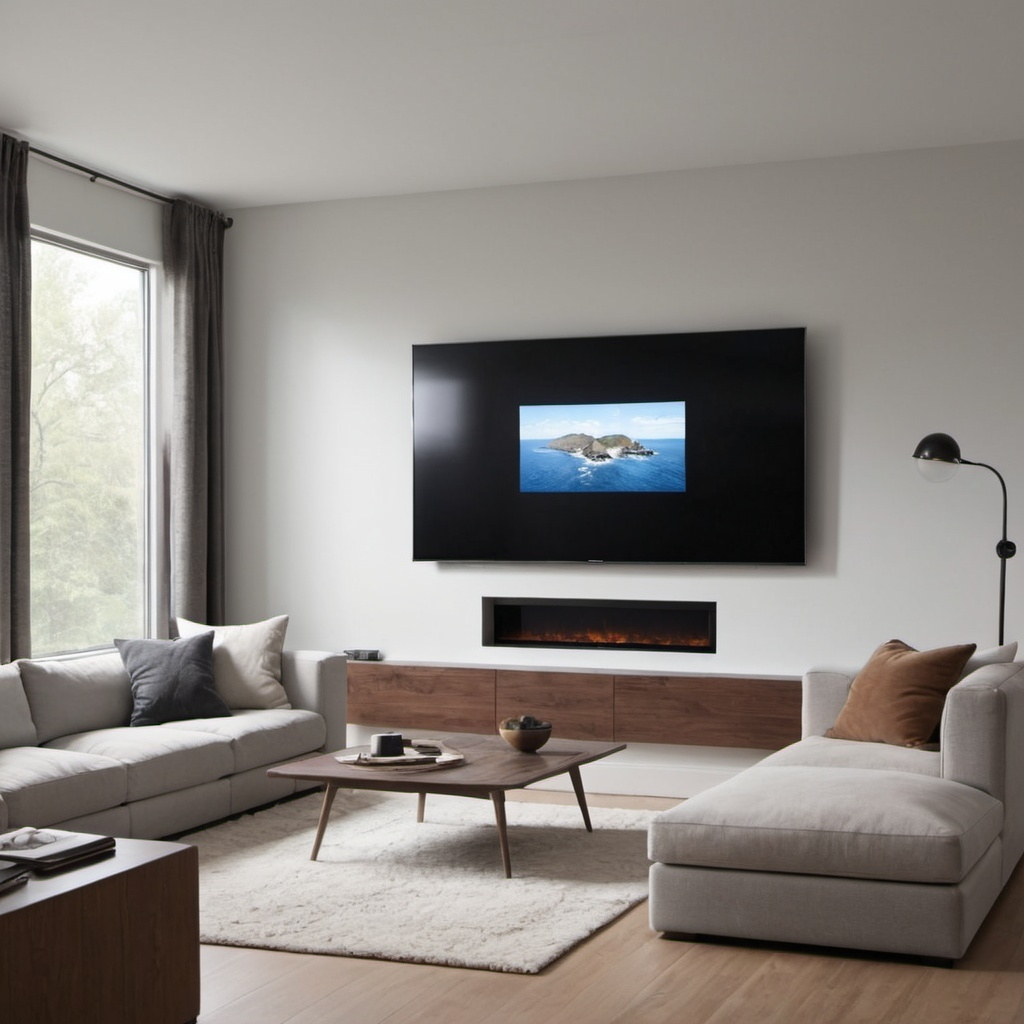Step 1: Choose the Mounting Location
Select the location where you want to mount your TV. Use a level to ensure the mount will be straight, and mark the desired height with a pencil. Consider factors such as viewing angle, glare from windows, and proximity to power outlets.
Step 2: Install the Wall Anchors
Depending on the type of wall anchor you choose, follow these steps to install them:
Using Toggle Bolts:
Drill a hole in the drywall at each marked location. The hole should be large enough for the toggle to pass through.
Insert the toggle bolt into the hole and push it until the toggle springs open behind the drywall.
Pull the bolt slightly to ensure the toggle is secure and tighten the screw until the anchor is snug against the wall.
Using Molly Bolts:
Drill a hole in the drywall at each marked location. The hole size should match the diameter of the molly bolt.
Insert the molly bolt into the hole and tap it with a hammer until the flange is flush with the wall.
Tighten the screw to expand the metal sleeve behind the drywall.
Using Elephant Anchors:
Drill a hole in the drywall at each marked location. The hole size should match the diameter of the Elephant Anchor.
Insert the Elephant Anchor into the hole and use a screwdriver to expand the anchor behind the drywall.
Step 3: Attach the TV Mount Bracket
With the wall anchors securely in place, attach the TV mount bracket to the wall using the screws provided with the anchors. Ensure the bracket is level and tighten the screws until the bracket is firmly attached to the wall.
Step 4: Mount the TV
Follow the manufacturer’s instructions to attach the TV to the mounting bracket. This usually involves securing the mounting plate to the back of the TV and then hooking or bolting the plate onto the wall bracket. Double-check that all connections are secure before letting go of the TV.
Step 5: Test the Installation
Once the TV is mounted, gently pull and push on it to ensure it is securely attached to the wall. Check for any signs of movement or instability. If the TV feels secure, congratulations! You have successfully mounted your TV on drywall without metal studs.

